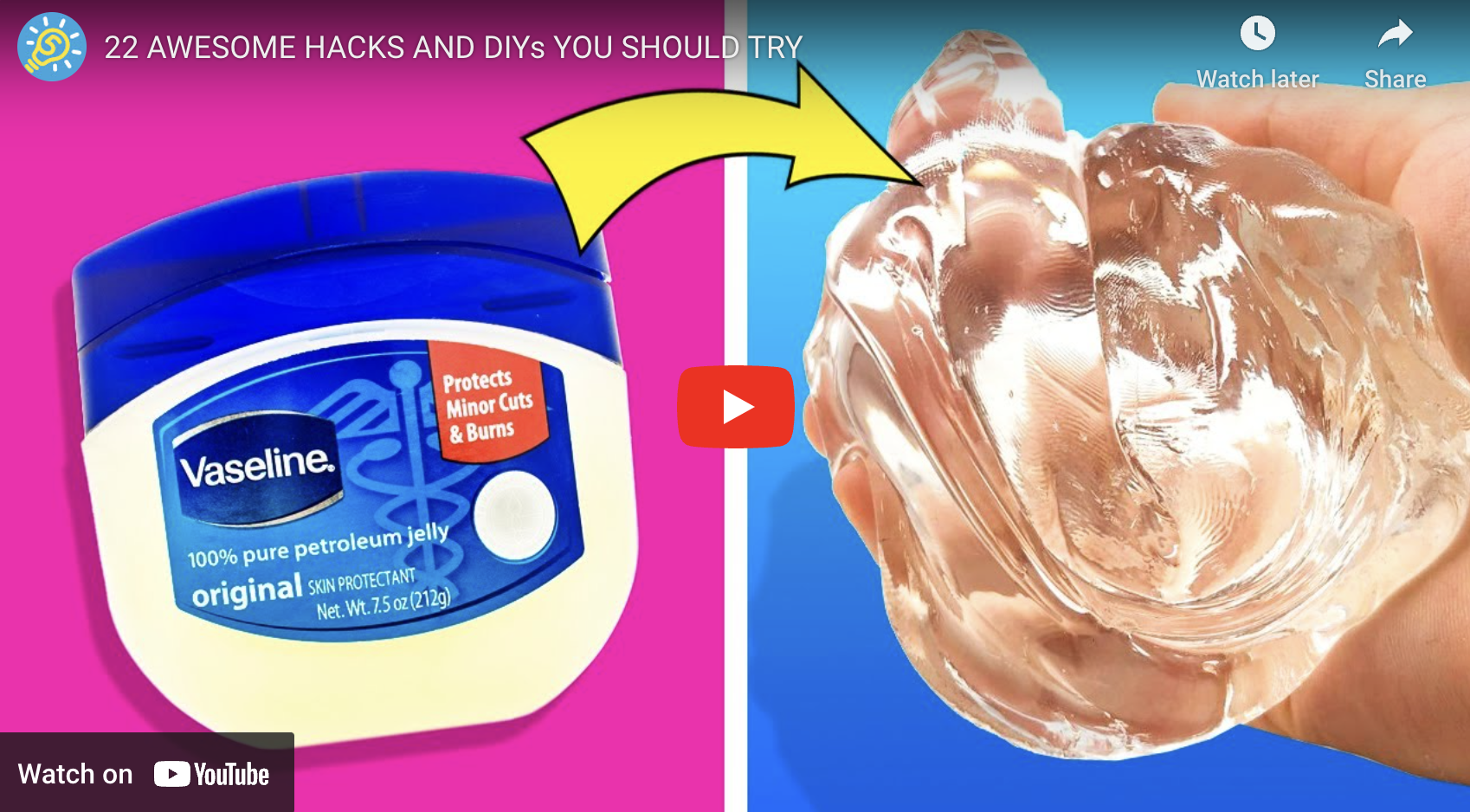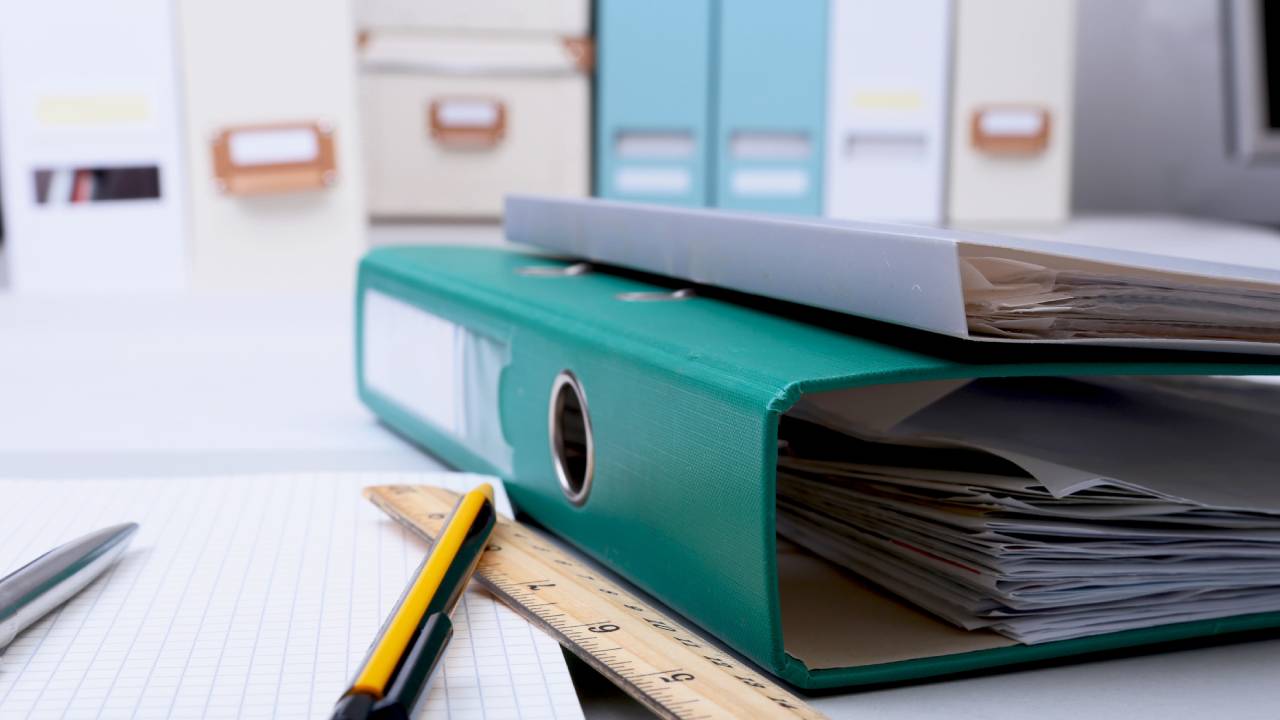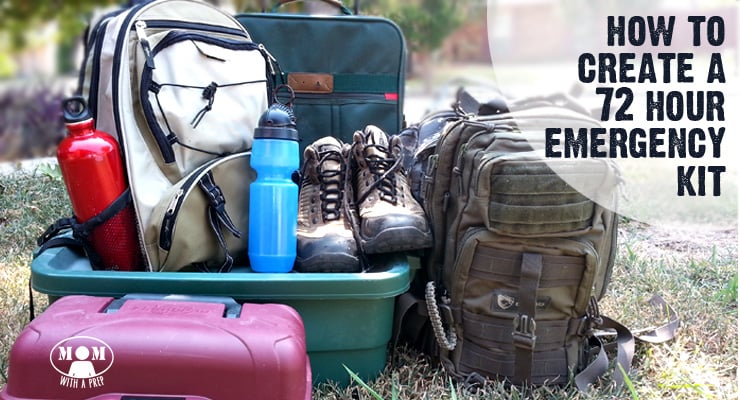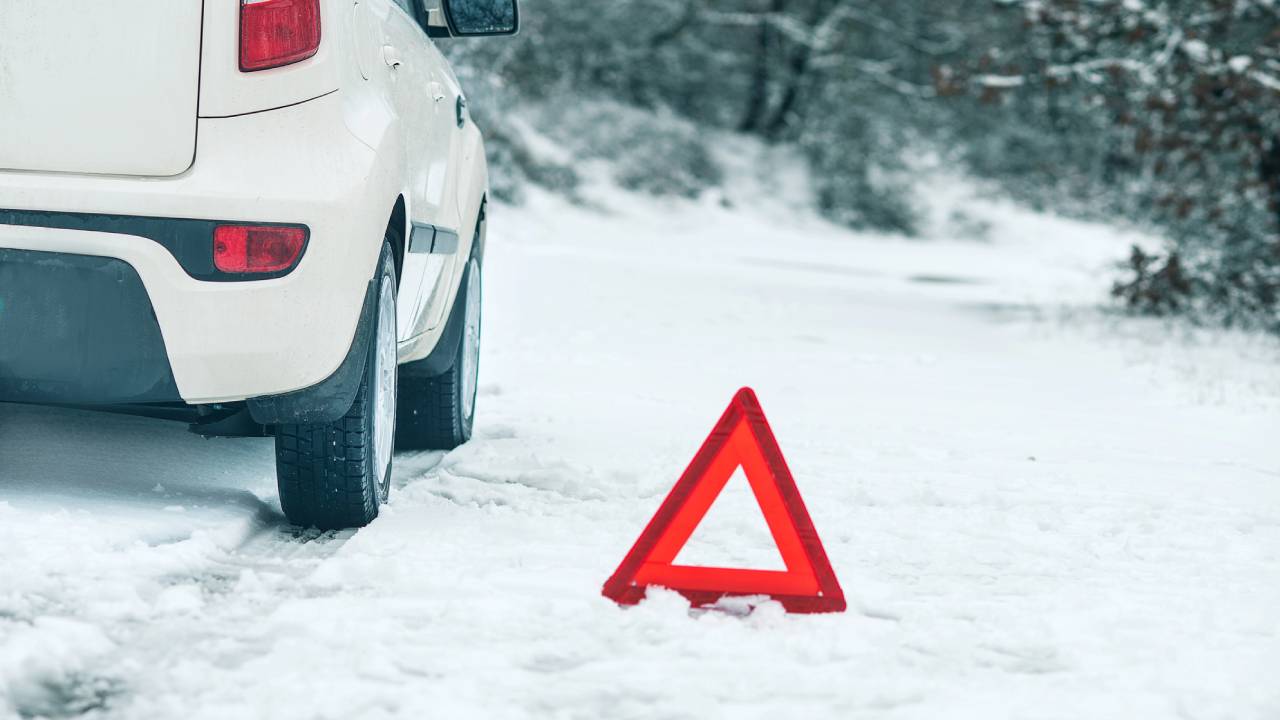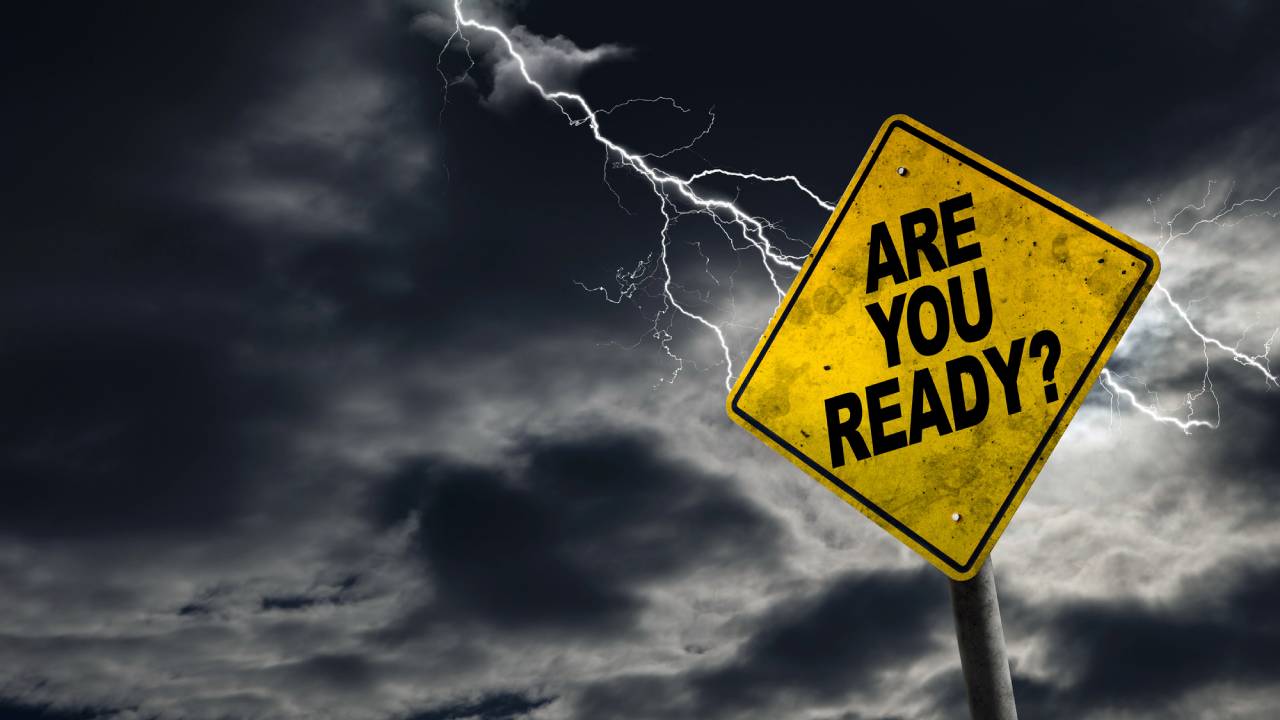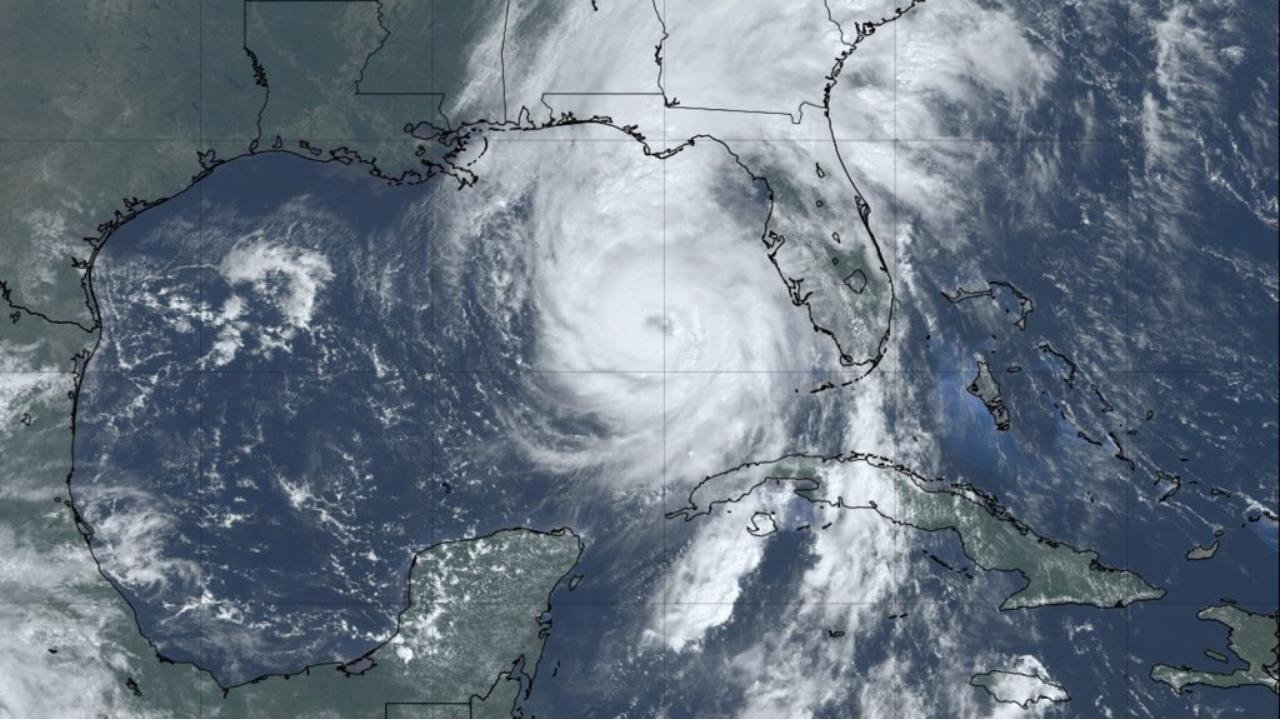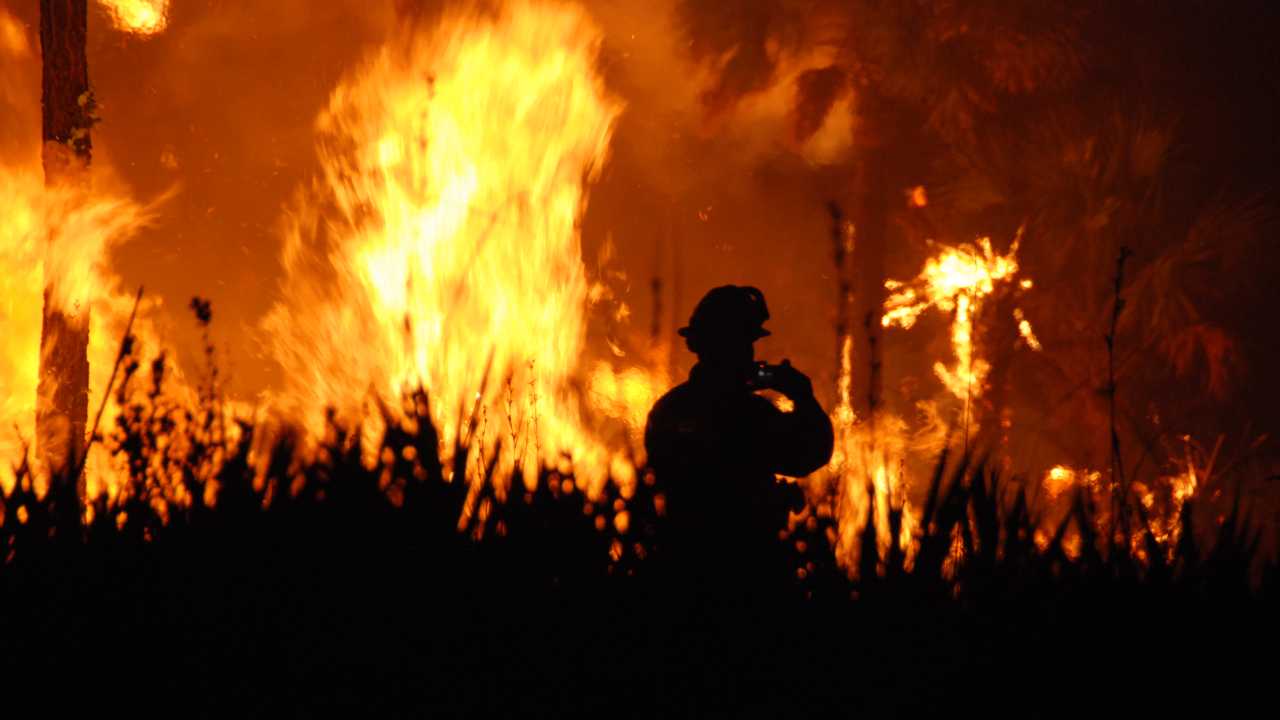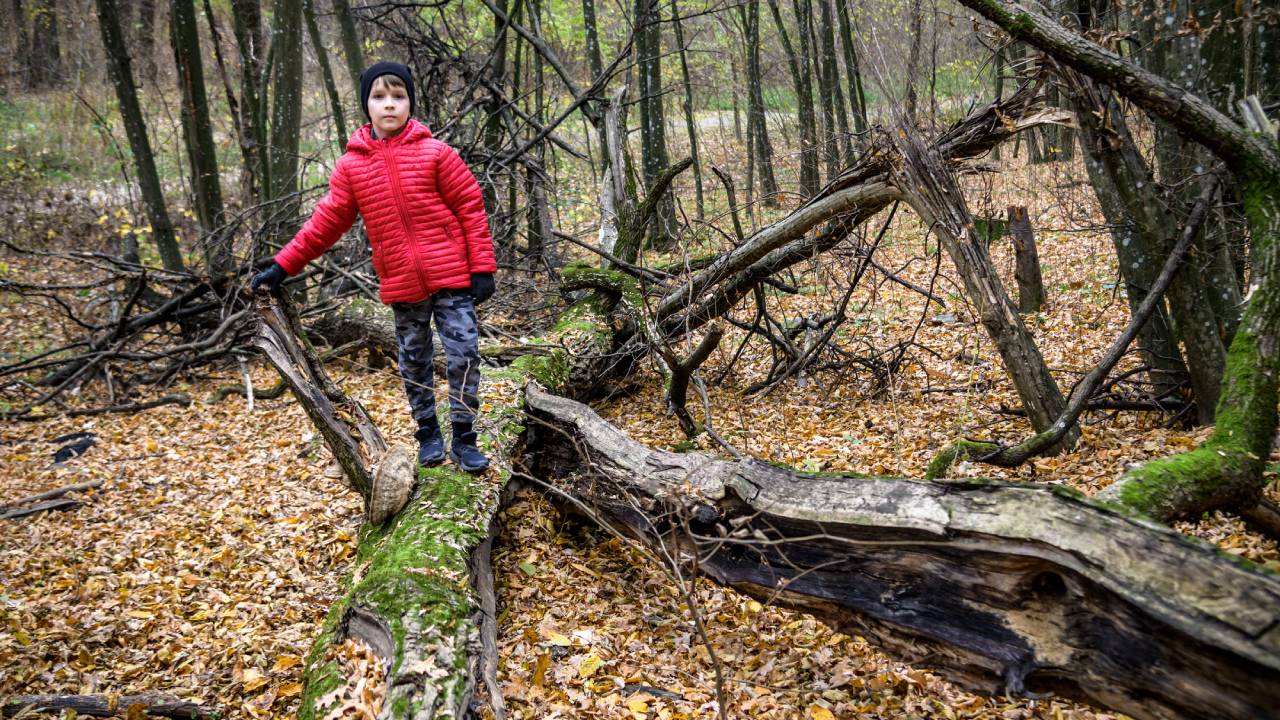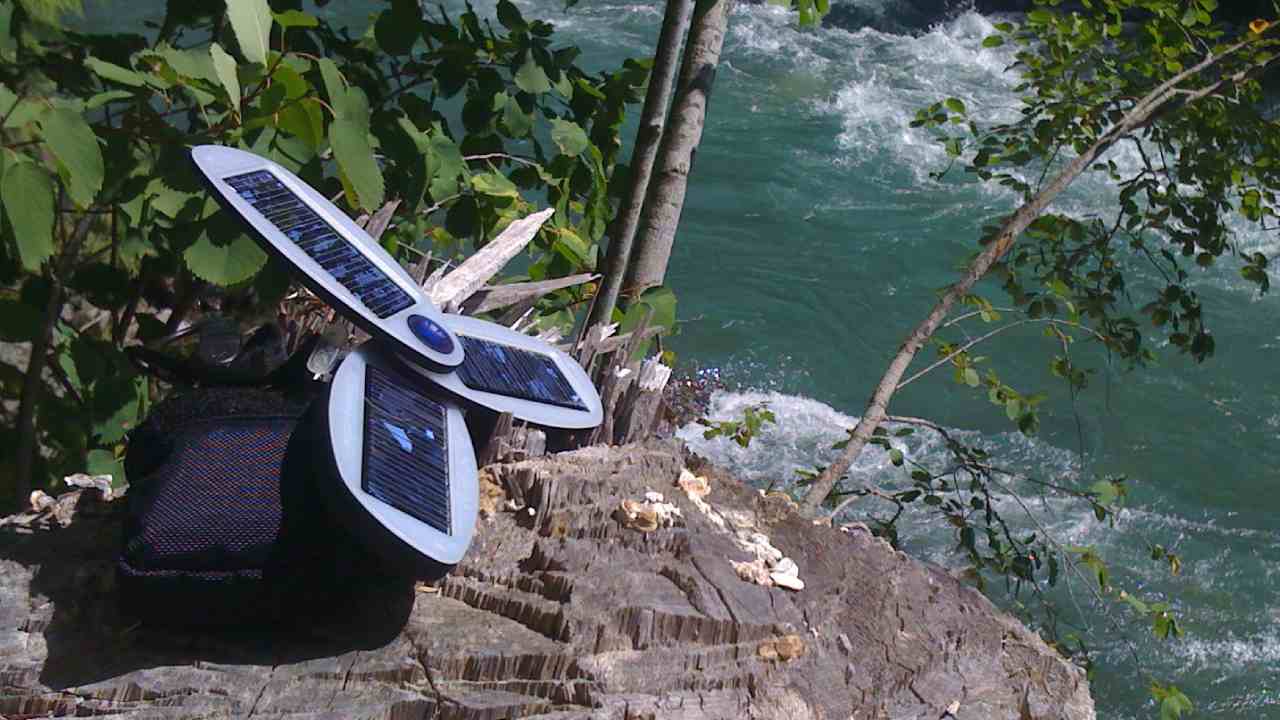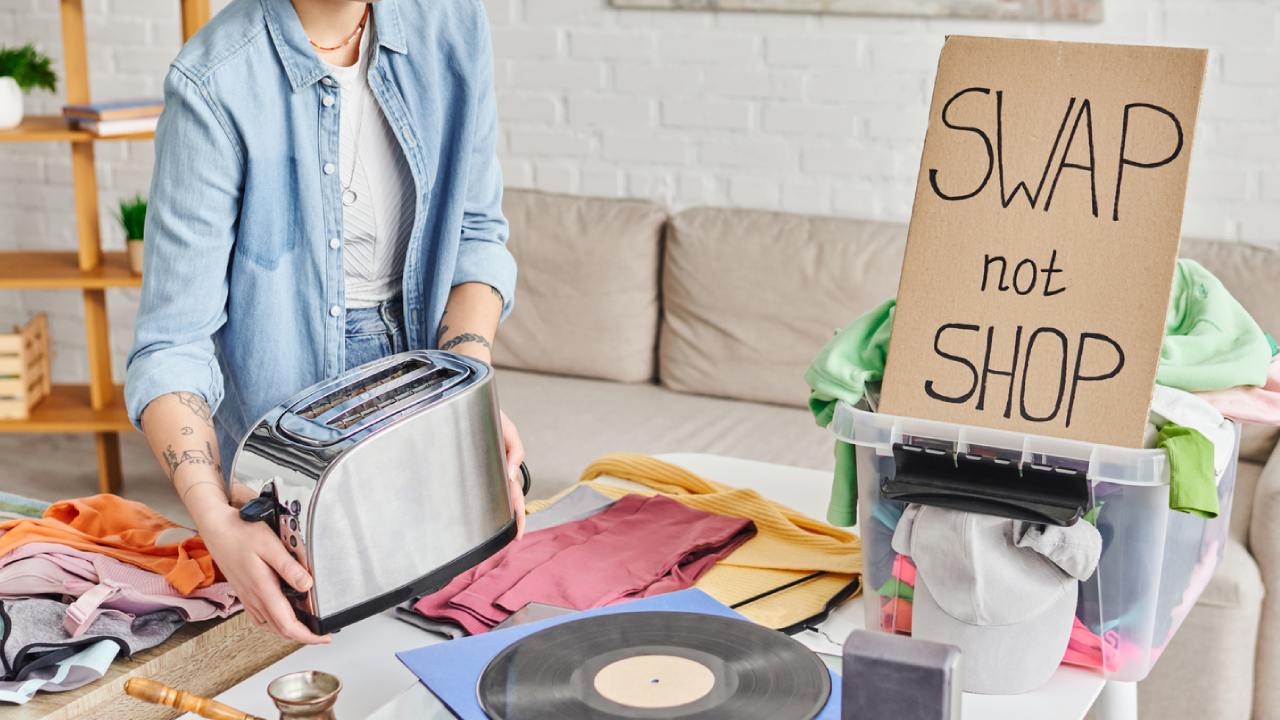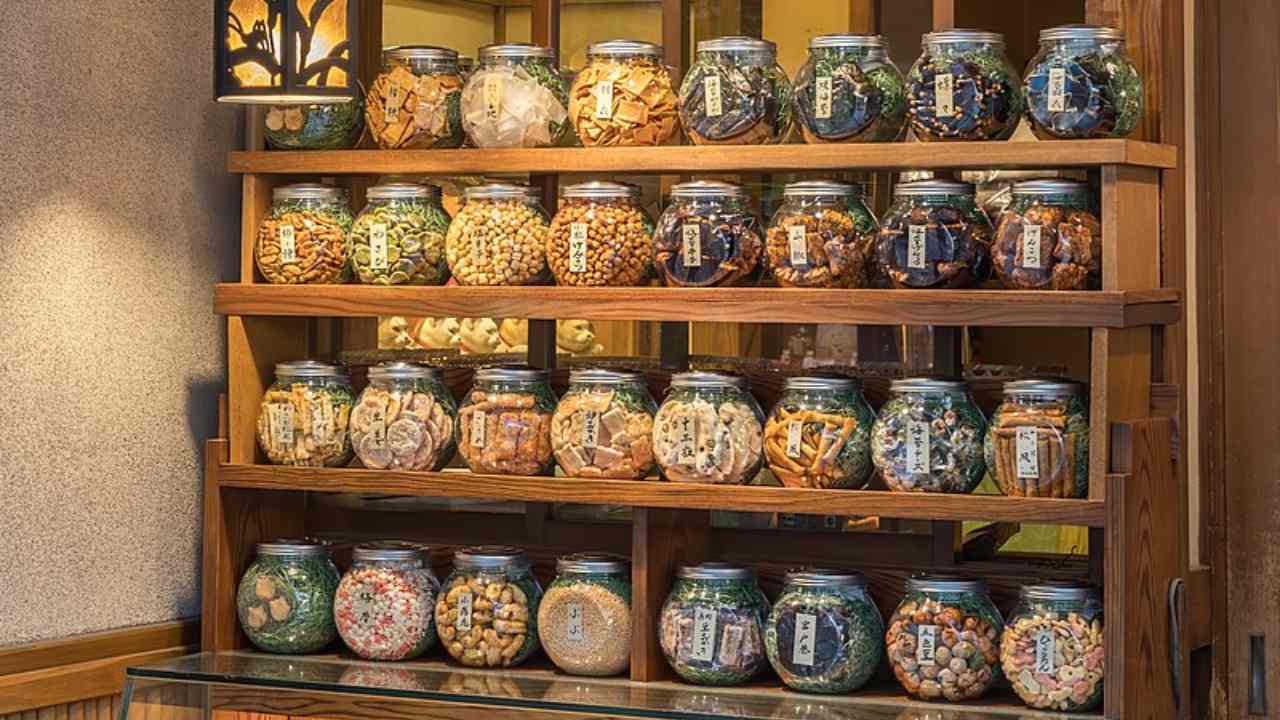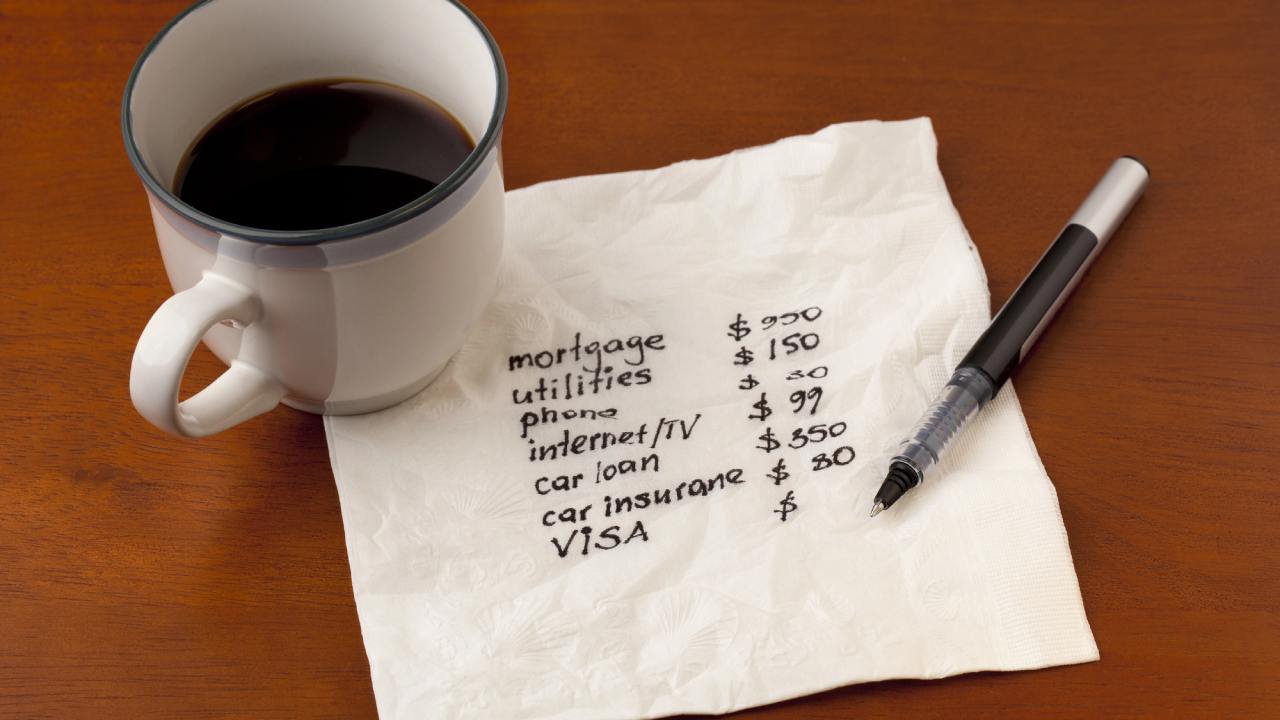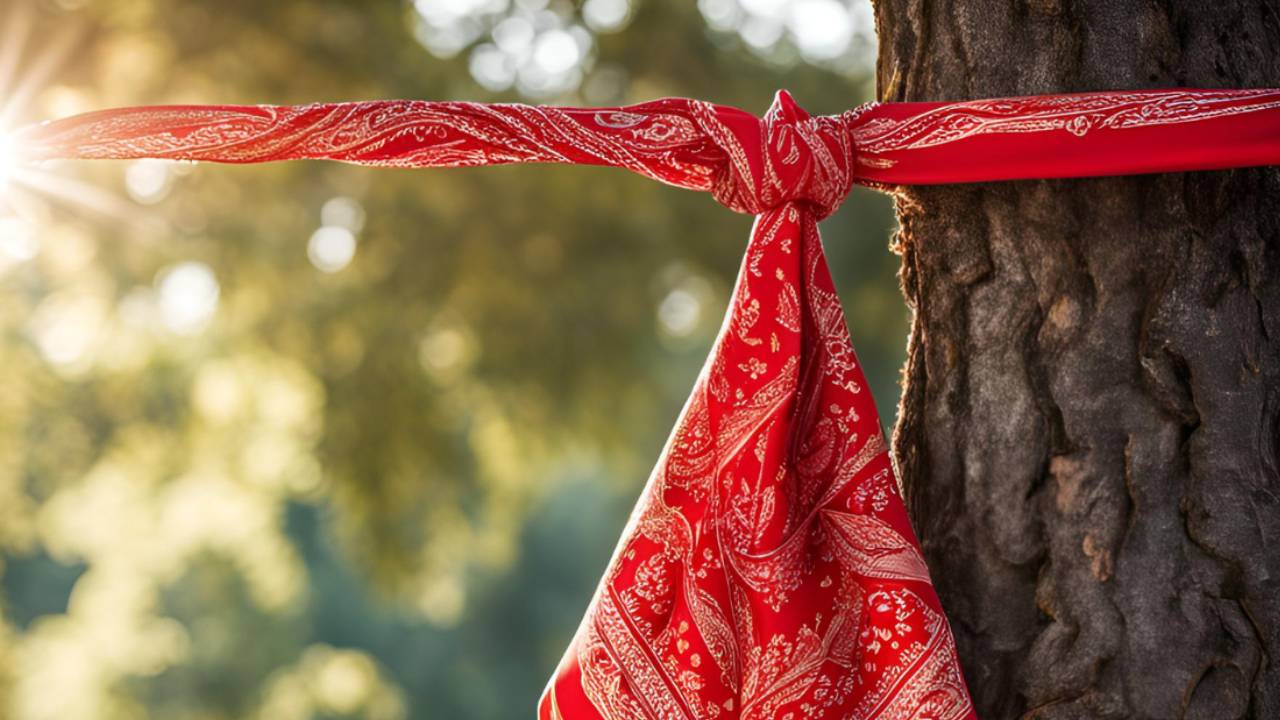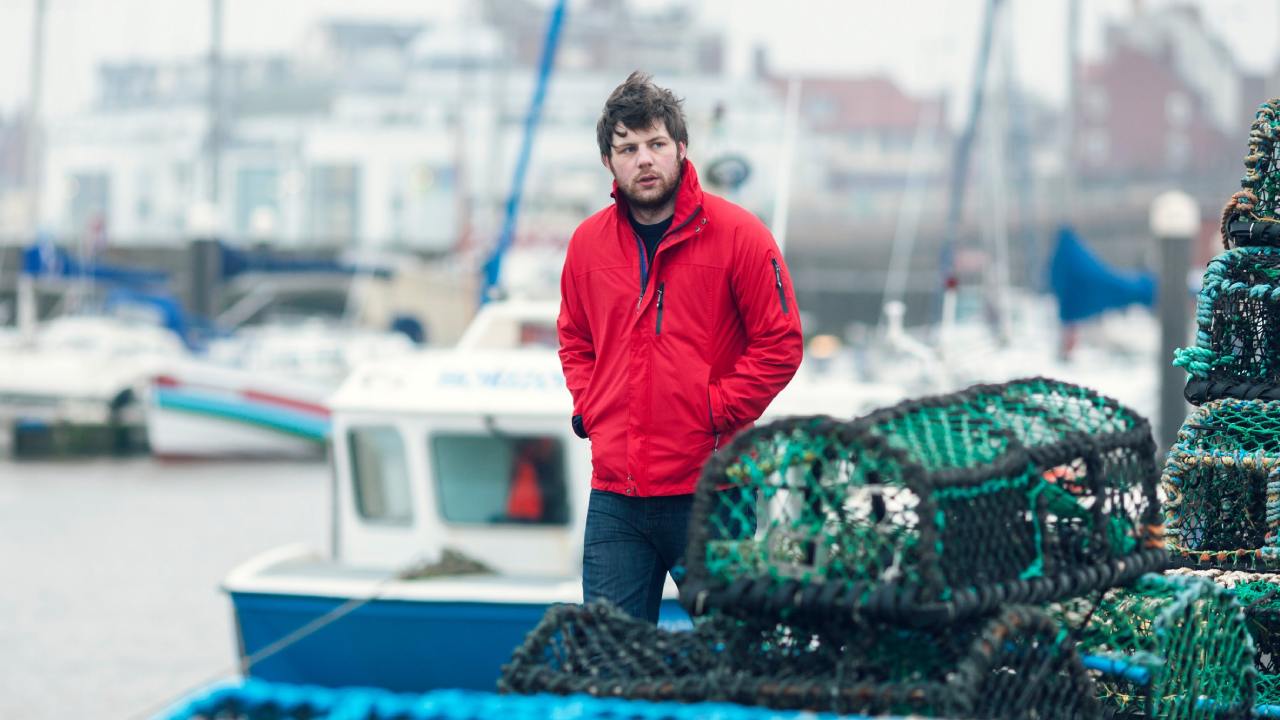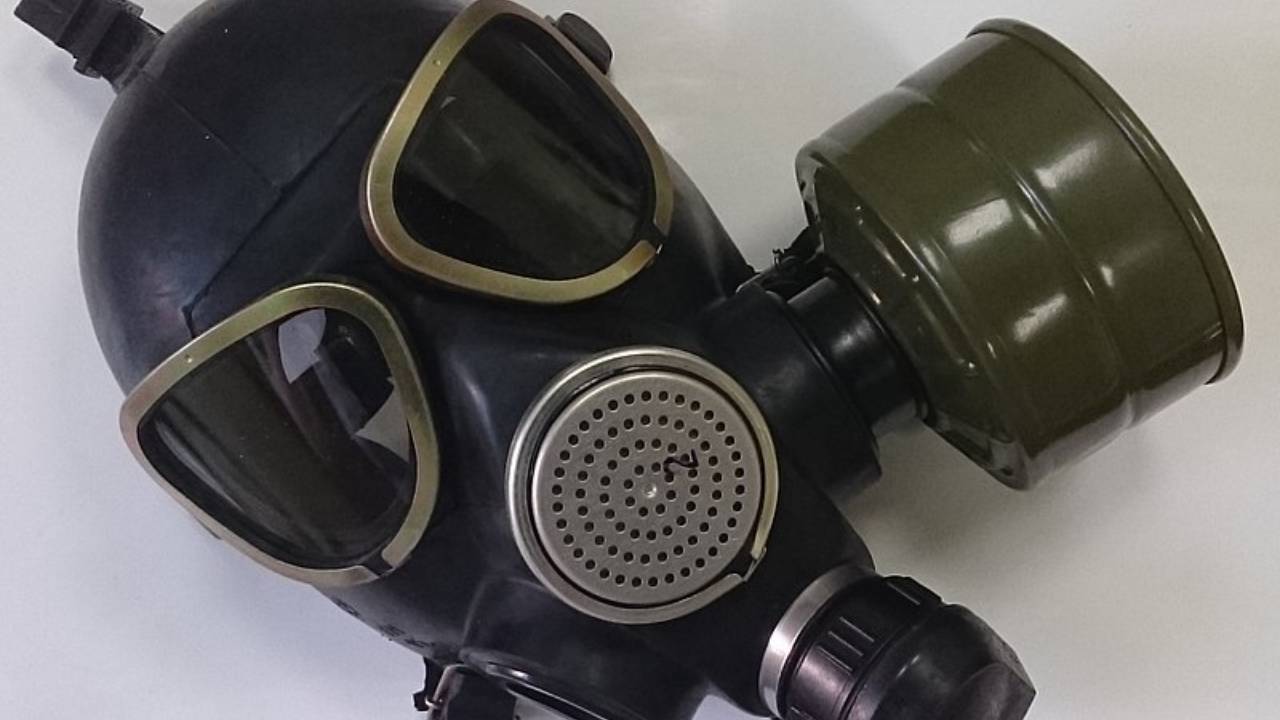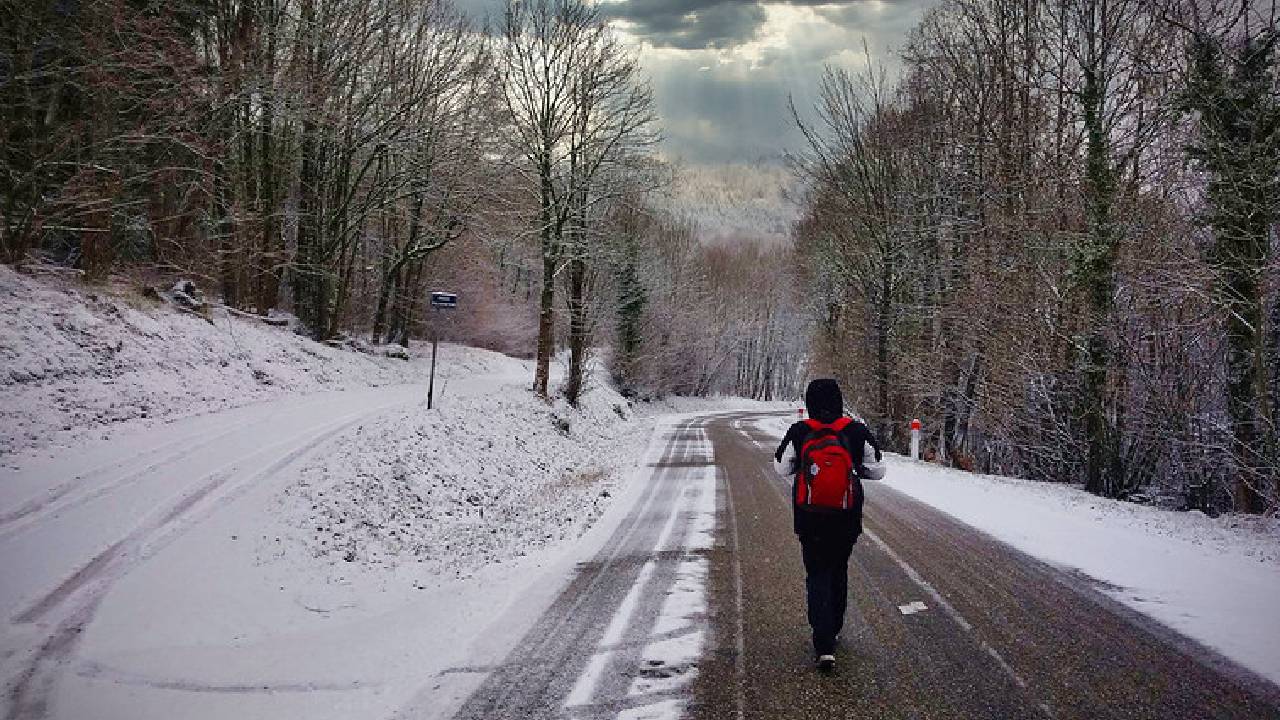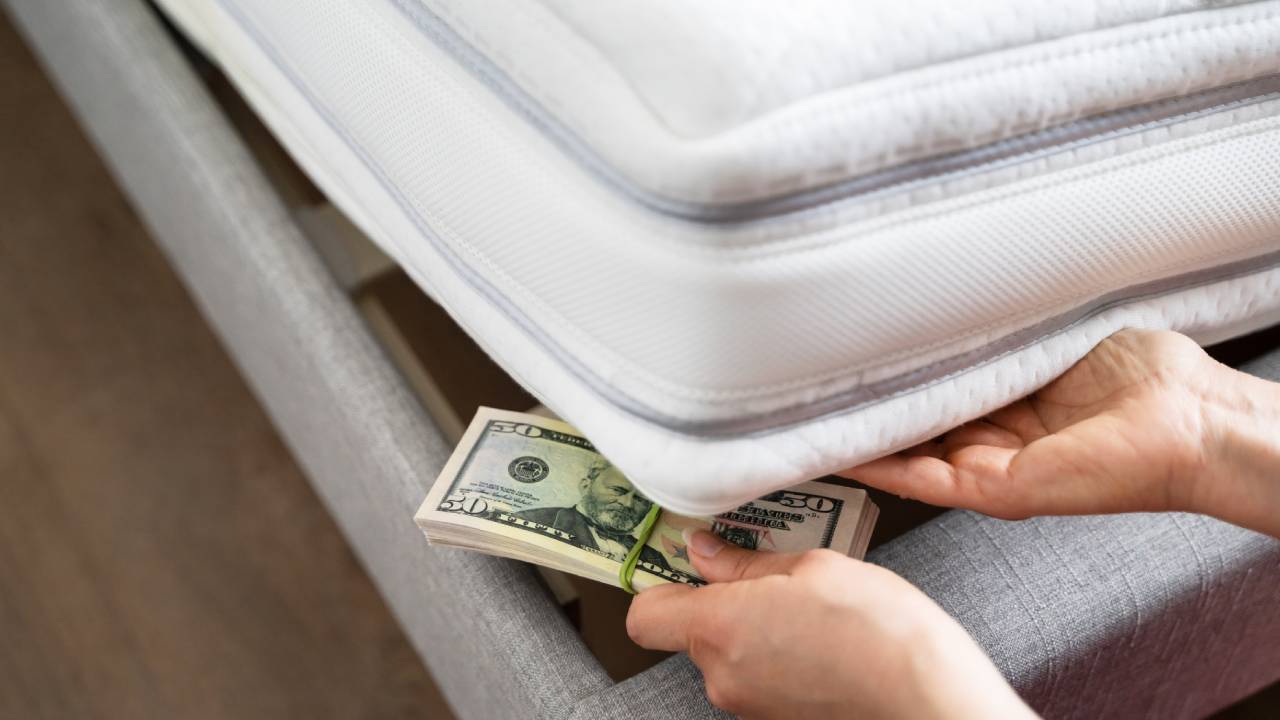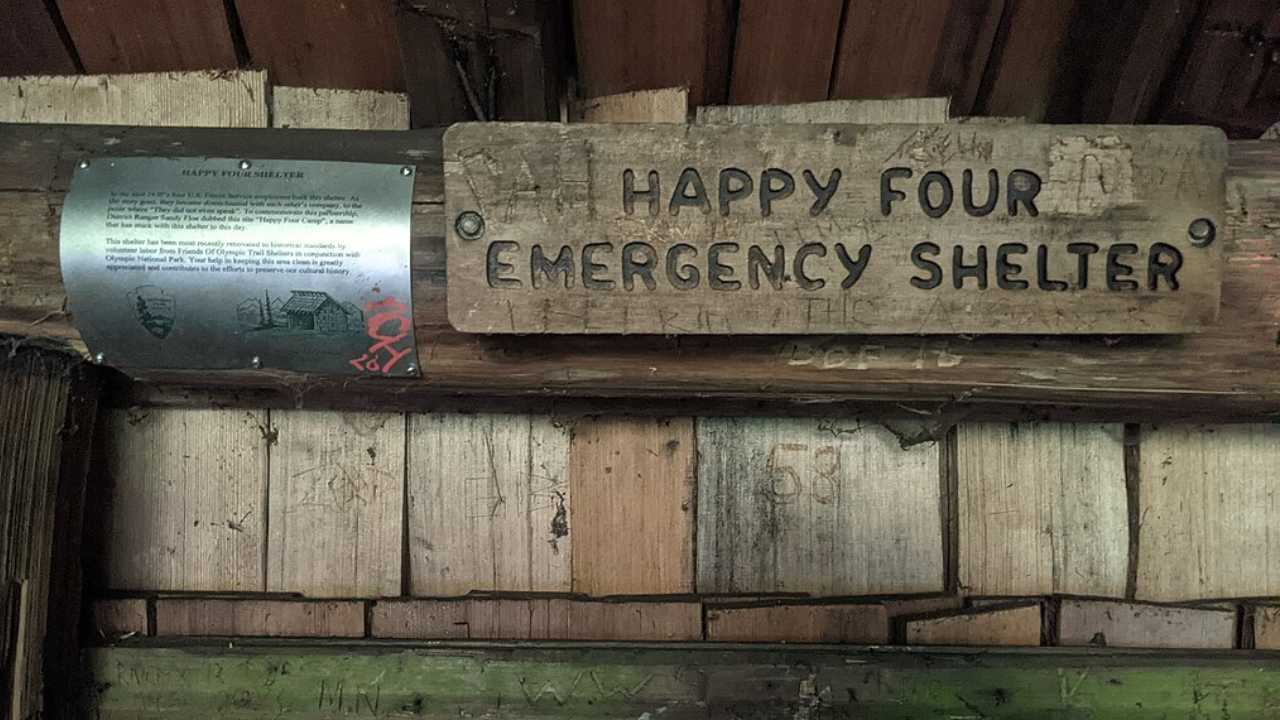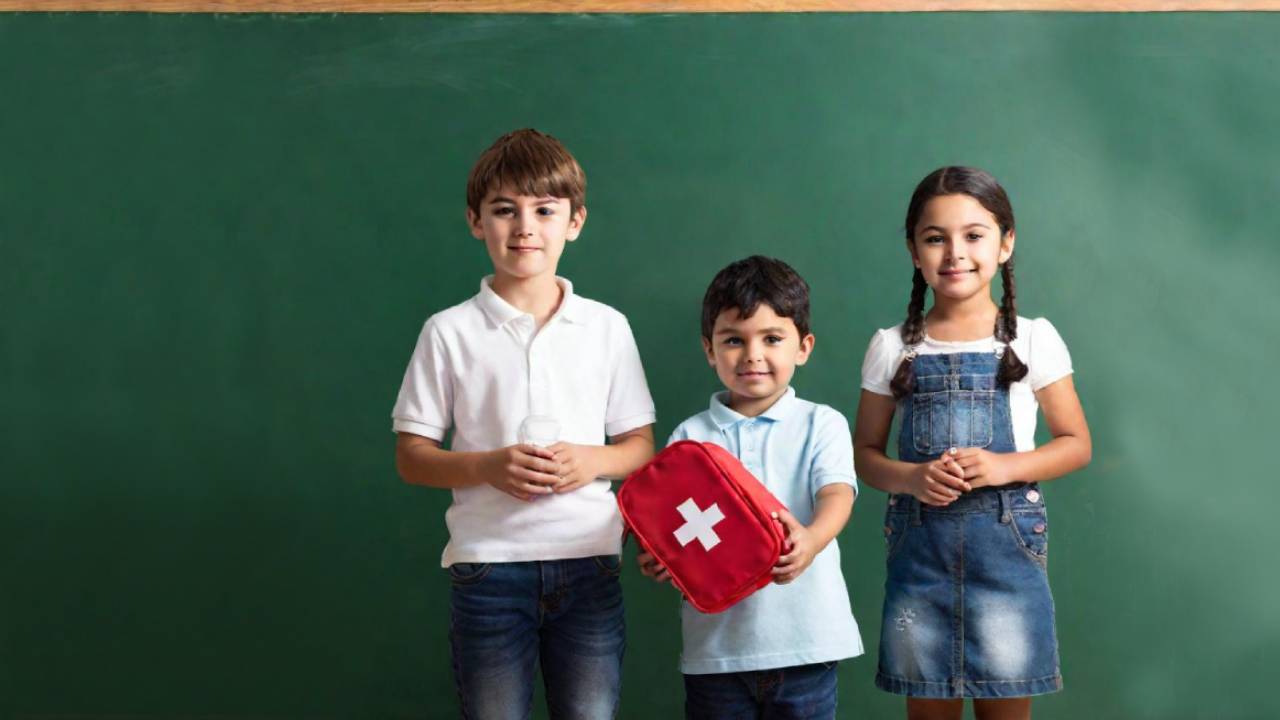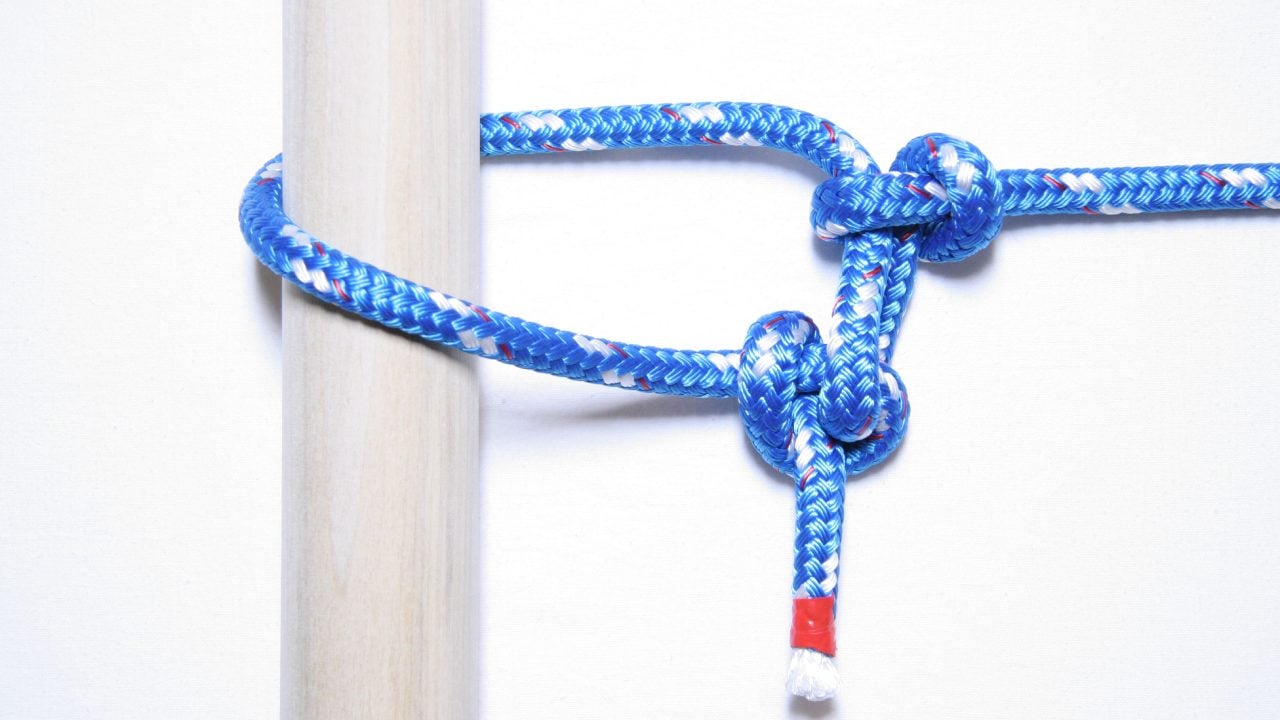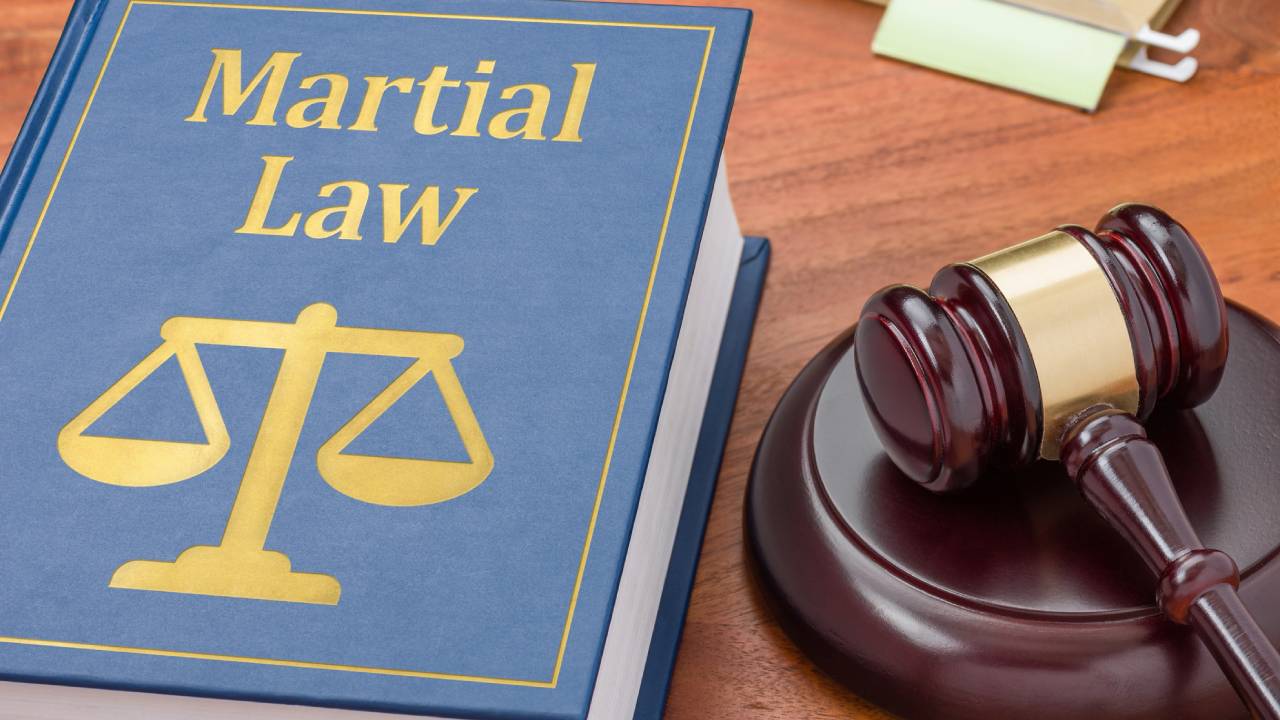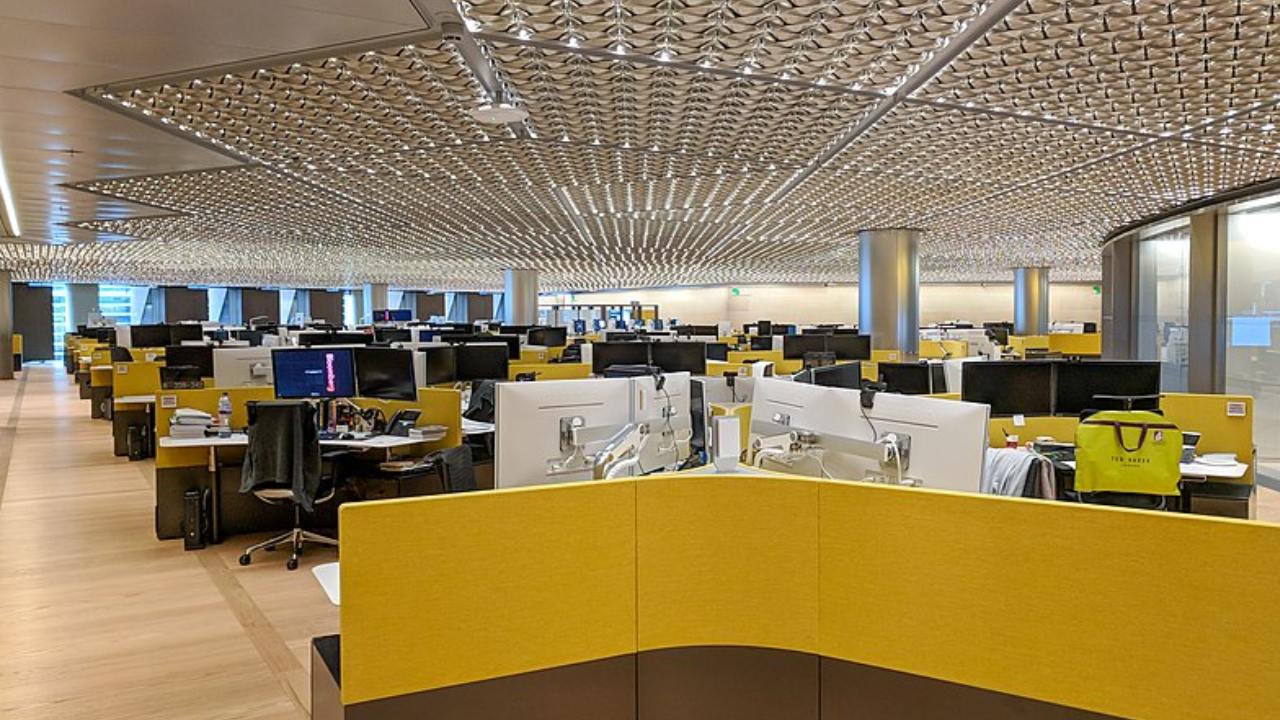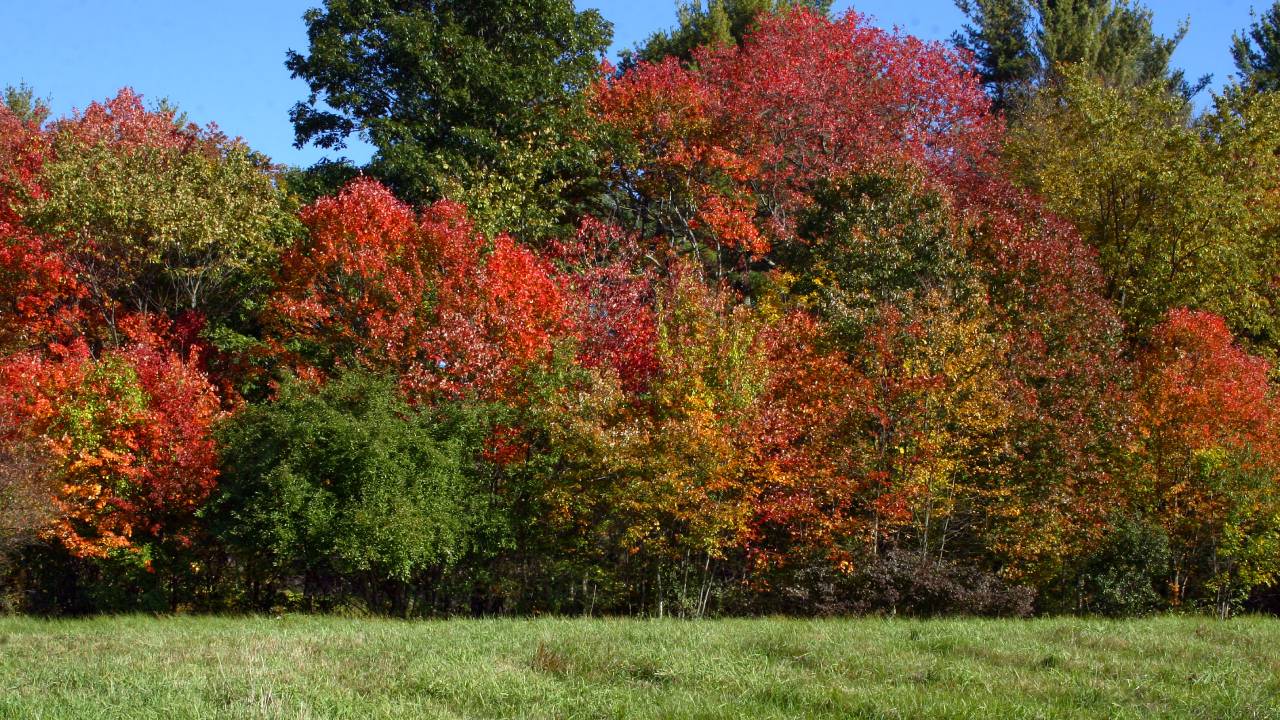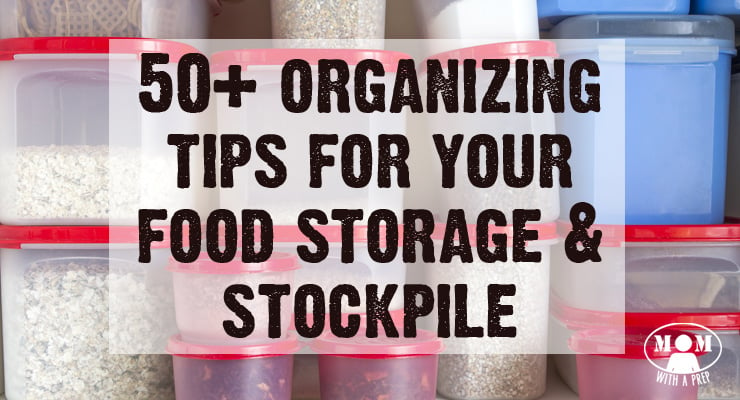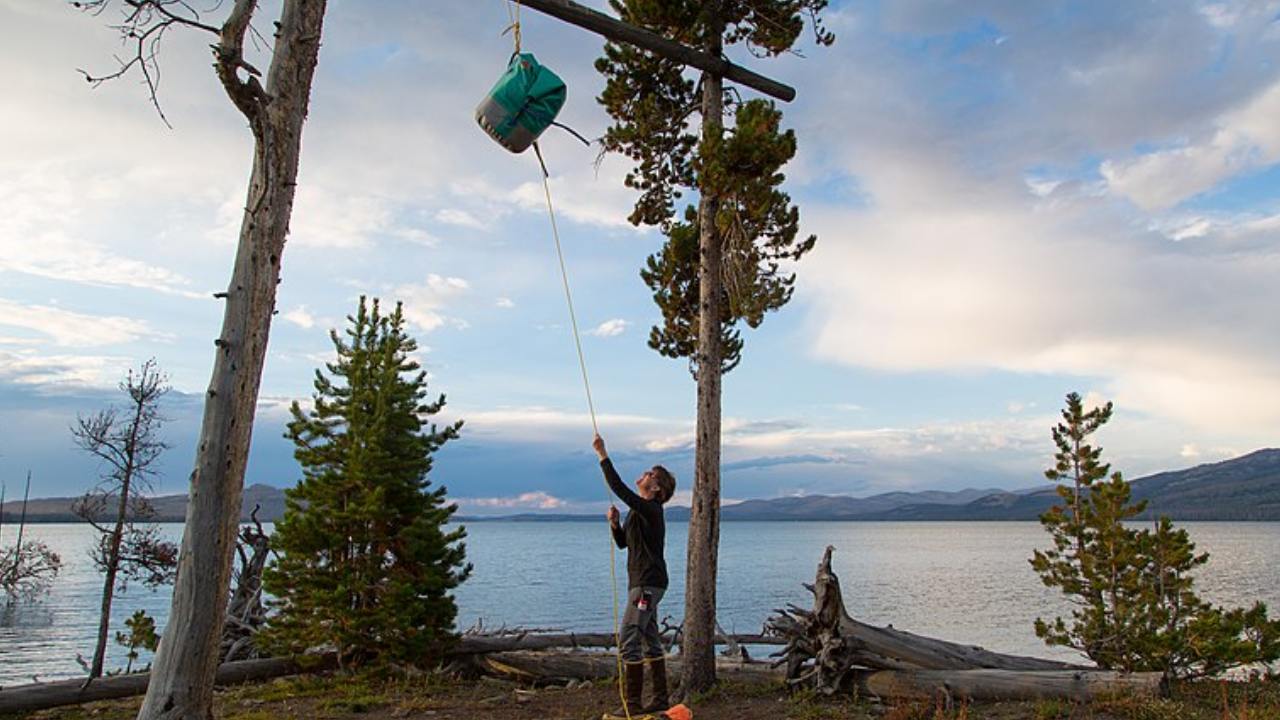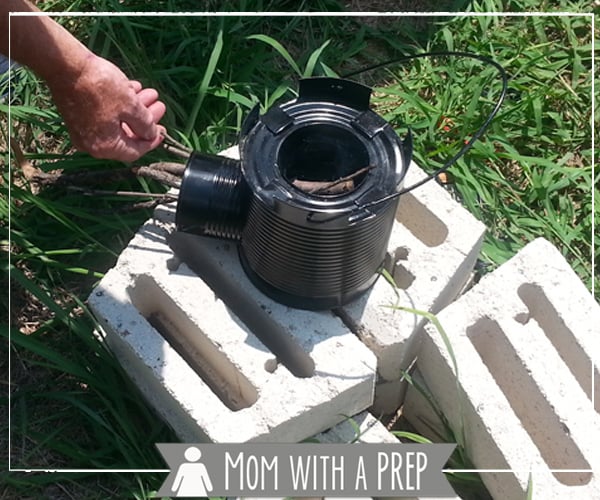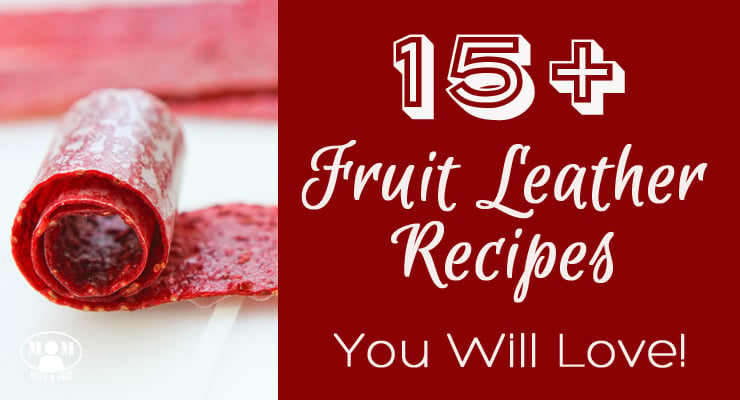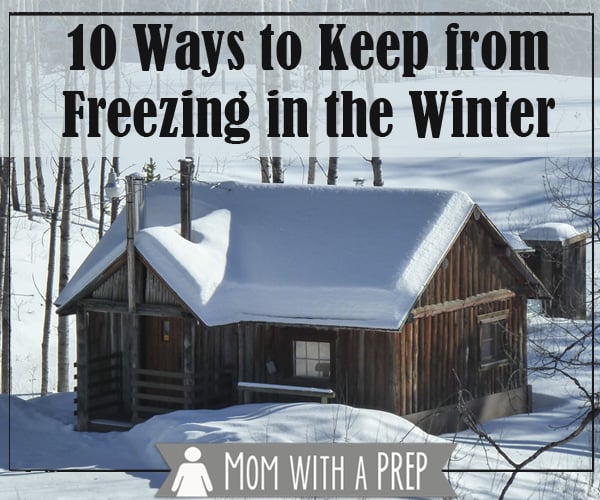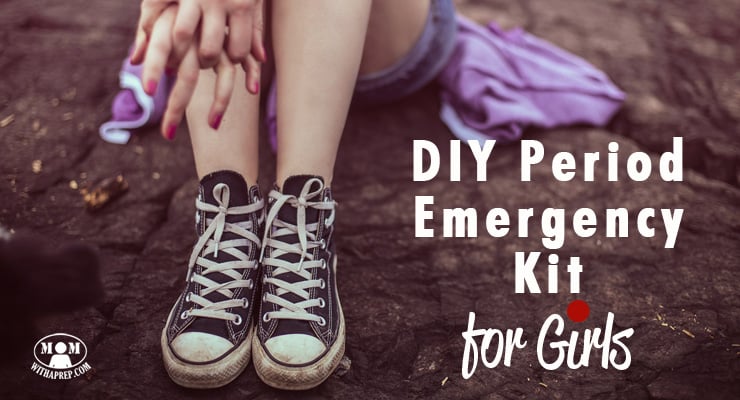We don’t want to think about emergencies happening to our kids – but they do. If your child were to have an emergency, do they carry anything that has their personal information on it?
And not just their name! A laminated emergency ID card is the best bet.
If something should happen and they could not speak, it will be important for rescue workers or kind people to know a little more about your child. A child who has any kind of medical condition should be wearing a medical alert of some sort, but what if it gets lost or they lose it in an accident?
How will people know who to contact if they are hit by a car or get lost?
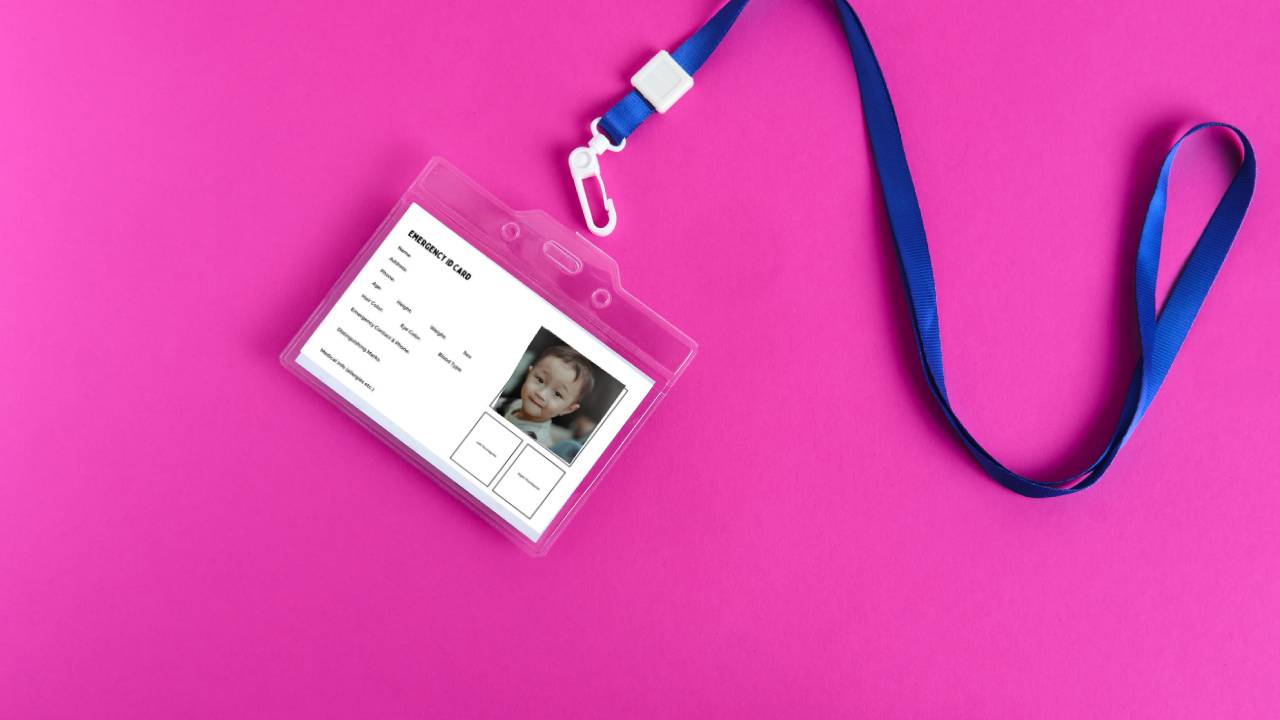
Take this scenario:
Your town is experiencing sudden wildfires. Your child was playing at a friends or walking home from school when they land at a rescue site. Maybe they have a backpack – maybe they don’t. But, what if they are too scared to talk to anyone? Maybe they are in shock and are totally uncommunicative. Rescuers are trying to find some kind of contact information. Thankfully, the child has parents who were smart enough to add an emergency ID card that he keeps in his pocket or bookbag. This card tells rescuers the child’s name, allergies, age, and important information they may need to render some kind of first aid.
This scenario plays out across the country every day. It can look like a wildfire, tornado, hurricane, school shooting and more.
Because your child has some of the most important information with them, they can be treated if they have a medical issue. Contact information will be readily available so you can be reached quickly.
There are other scenarios where these ID cards will be effective as well. Imagine the below.
Your family is at a local carnival and your youngest gets separated from the group. Of course as a prepared parent you have taught them to find a park employee or policeman to get help. But, you do not want to waste a second of time getting your child back. Having a few ID cards in your bag allows you to hand them out to attendants. This will have more people looking at one time.
You can have a more detailed emergency ID card with all of the information we recommend. And a second version for the second scenario that just has the child’s picture, name, and your cell phone.
Of course I hope you never deal with either scenario, and never need to even use these cards, but better safe than sorry. Keep in mind, younger children may not the communication skills to tell someone their name and information. Children with disabilities could benefit greatly from these cards.
I typically give a completed emergency ID card to each child to have in their backpack or pocket if they are no using a backpack. I have two cards for each child in my pocketbook that have their image, name, and my cell number. We also have copies in our go to bags, dad’s get home bag, and family binder.
How to create an emergency ID card
- Download the PDF file below
- Print on paper or cardstock (cardstock is recommended for durability)
- Cut out cards
- If printed on regular paper, glue onto a 4×6 index card
- Attach a recent headshot photo of your child in the box
- Press your child’s thumb into a rubber stamp ink pad, then press firmly in the corresponding thumbprint box
- Fill out the pertinent information
- Optional – add a family photo on the back of the card, or any additional notes
- Laminate the card – or place in a plastic baggie to keep it protected
I recommend creating a few of these. Punch a hole in them and you put them on a keyring, Others you can place in for your family’s emergency bags, family emergency binder, or in a school emergency kit.
Free emergency ID card PDF download
You can click here to download the PDF version of these emergency cards. You can also just click the image below.
It can be printed on a 8.5″ x 11″ sheet and includes (2) ID cards. Print out as many as you think you will need. It is not just for kids either! While adults have a drivers license, it can get lost! Having a second identification method in a different location than a wallet is a good idea for adults.

I understand how some of you may feel like this is information that you don’t want readily available for someone to take. That’s a decision you have to make for yourself and your family.
We choose to have it because we feel it is an important part of being prepared for an emergency. If our children should get lost or be unable to say their name – we want people to be able to reach us ASAP and offer help as they can. These cards help with that.
What else do you do to help provide vital information for your child when you’re not available?
![[Mom Prepared]](https://momwithaprep.com/wp-content/uploads/2024/12/cropped-momlogo-244x56.png)
